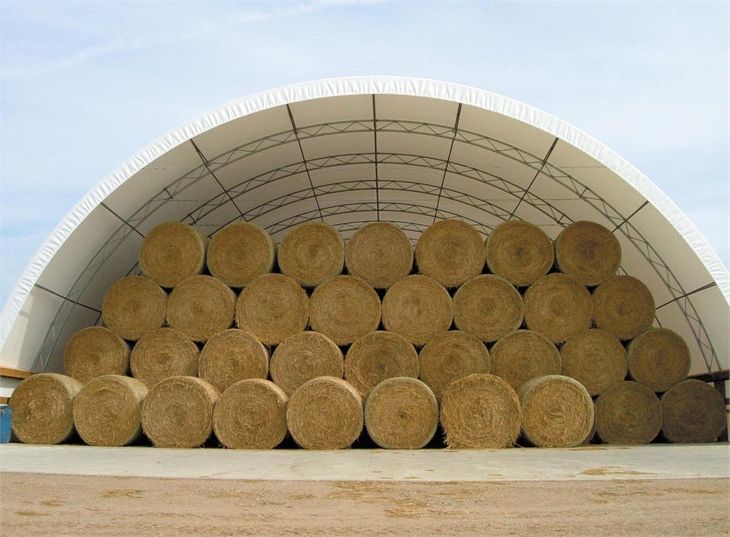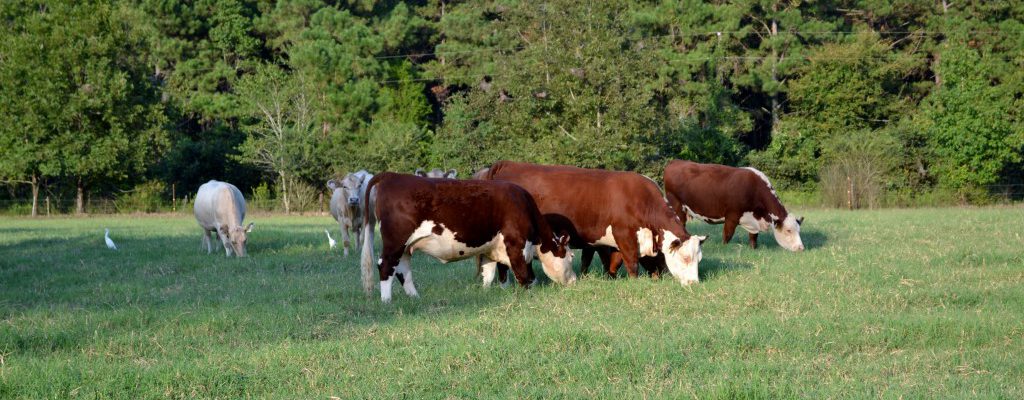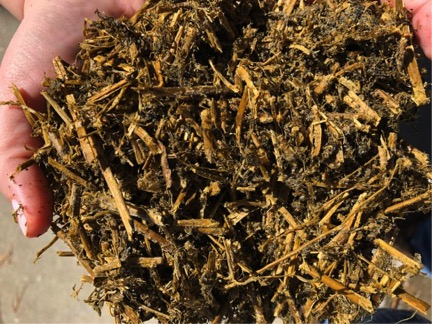-

By Roger Gates Whitfield County CEA Livestock producers who have had to purchase hay in dry years do not need economists to describe the impact of supply on price. The value of an adequate supply becomes increasingly obvious as winter transitions to spring if pasture growth is slow or delayed. At least four factors contribute to…
-

By Charlotte Meeks Houston County CEA While temporary fencing cannot replace permanent fencing, it has its place in a grazing management system. Temporary fencing can be used to divide permanent pasture for rotational grazing or intensive grazing systems, open areas for temporary grazing or to exclude livestock from an area. While permanent fences are intended to last for years, temporary fencing…
-

By Roger Gates Whitfield County CEC “Taking stock” is a phrase that means to “think carefully about a situation… so that you can decide what to do.” Historically, the phrase came from a farmer’s practice of counting the number of animals on the farm. Periodic livestock inventories provide important and useful records. Creating and maintaining…
-

By Steve Morgan Harris CEC Hay has many benefits which makes it the most commonly used stored feed option on livestock farms. Unfortunately, a lot of money is lost each year by not investing in suitable storage options. It is estimated that the total value of hay storage and feeding losses nationwide exceed three billion…
-

By Charlotte Meeks Houston CEA Anyone that has managed cow/calf operations for more than a few days can tell you that the most expensive cost is feeding. Grazing is a cost-effective way of providing livestock with their nutritional needs. One method that can extend our gazing season involves grazing crop residue. After a crop (usually…
-
By Jeremy Kichler Colquitt CEC This time of year, county Extension agents get numerous calls and questions about which clover to choose for winter forage systems. Winter annual legumes can be planted in the fall and they can provide forage in the late fall and spring. These forages can be used for grazing, hay and…
-
WHEN IS THE BEST TIME TO PUT N ON FESCUE? July 2019– Progressive Forage Grower Magazine Article Dennis Hancock, PhD. | Professor and Extension Forage Agronomist, Univ. of Georgia Every spring, there is a chorus of calls and emails “when is the best time to put nitrogen (N) on tall fescue?” The answer that I…
-
By Dr. Bill Anderson, Research Geneticist, USDA-ARS When I started as perennial forage grass breeder for ARS sixteen years ago, the primary goal was to develop a cold-tolerant seeded bermudagrass since Tifton 85 seemed to satisfy the sprigged market. The battle was to develop a seeded forage that had high biomass but also high seed production. …
Posted in: Bermudagrass, bermudagrass stem maggot, Grazing, Hay, insects, Uncategorized, Warm Season Perrenials -
Will Hudson, Lisa Baxter and Dennis Hancock We’ve had a number of calls from growers and agents in the last week or so concerned that they should be spraying for BSM. Even in south GA, the flies are just now starting to show up. You may be able to find some damaged stems, but most…
Posted in: Uncategorized -

Authors: Krishona Martinson, PhD, University of Minnesota and Dennis Hancock, PhD, University of Georgia. Photo Credit: Aubrey Jaqueth, PhD, University of Minnesota Question: Since baleage is becoming more readily available, I’m wondering what your thoughts are on feeding it to horses? Should horses be vaccinated against botulism if feeding baleage? Is warm weather feeding of baleage…
Posted in: Uncategorized